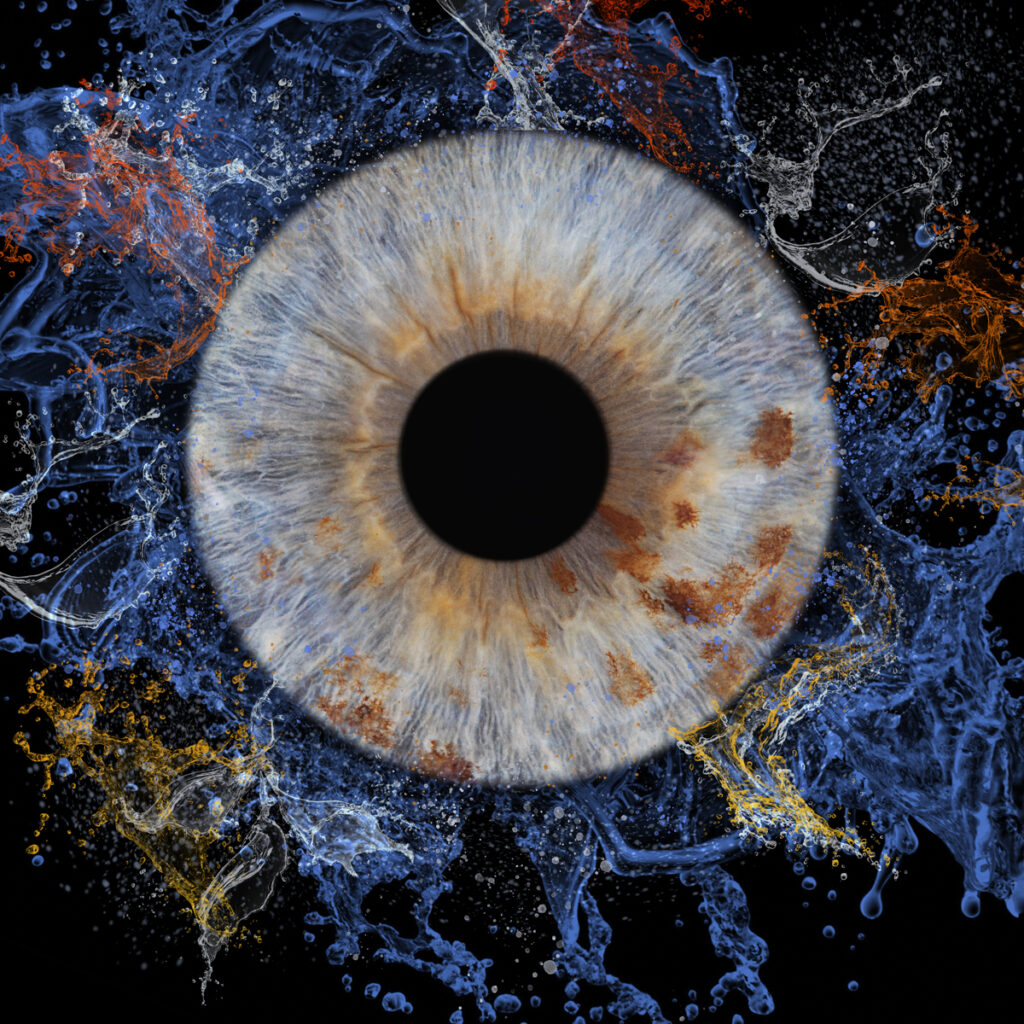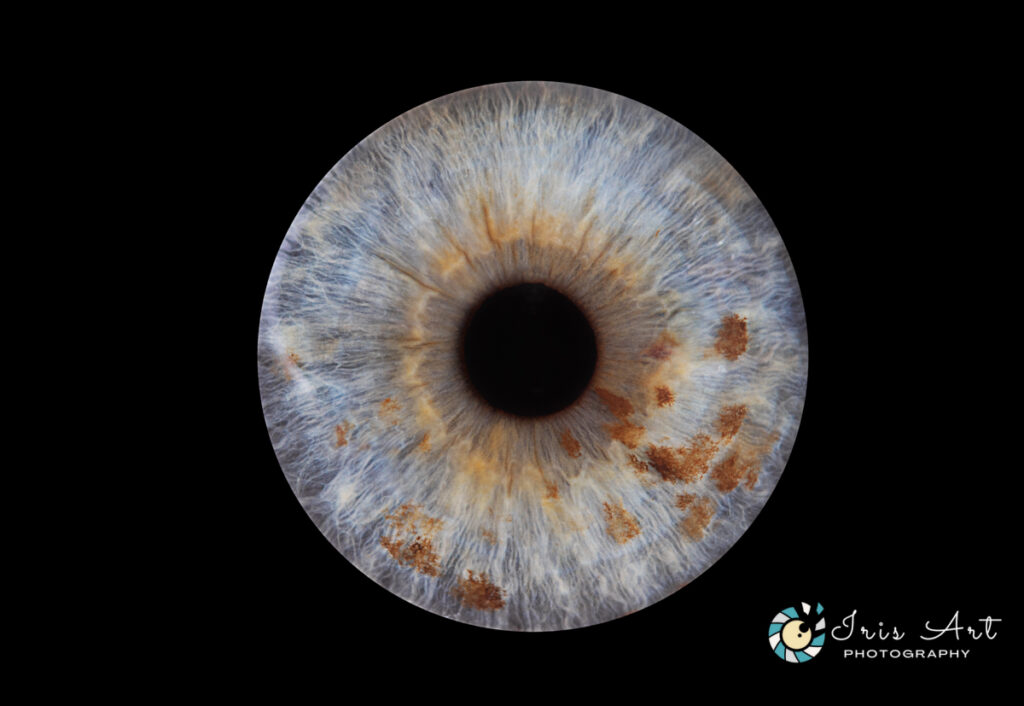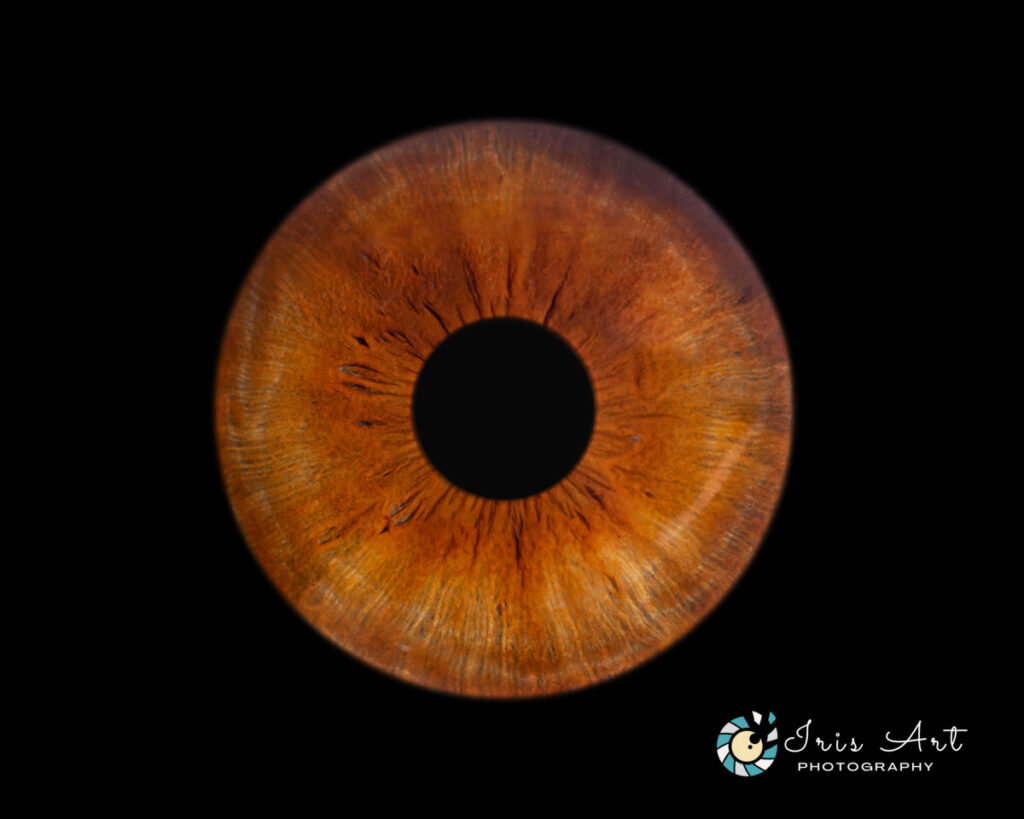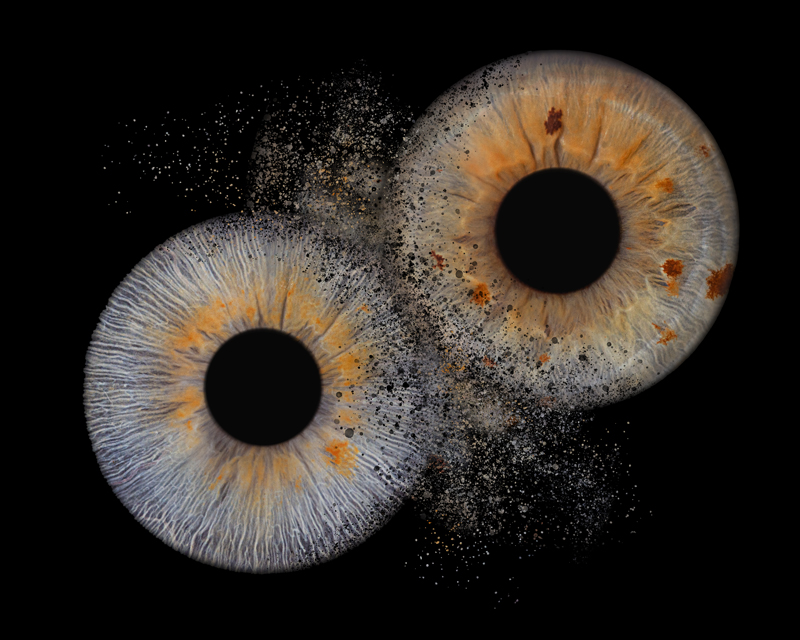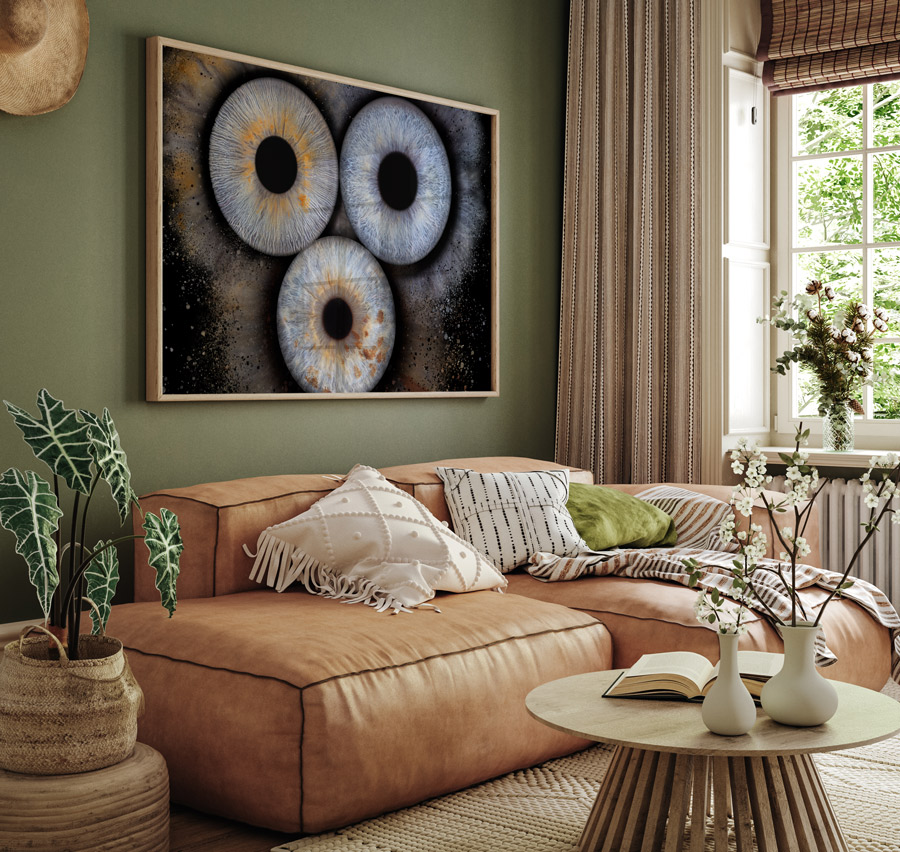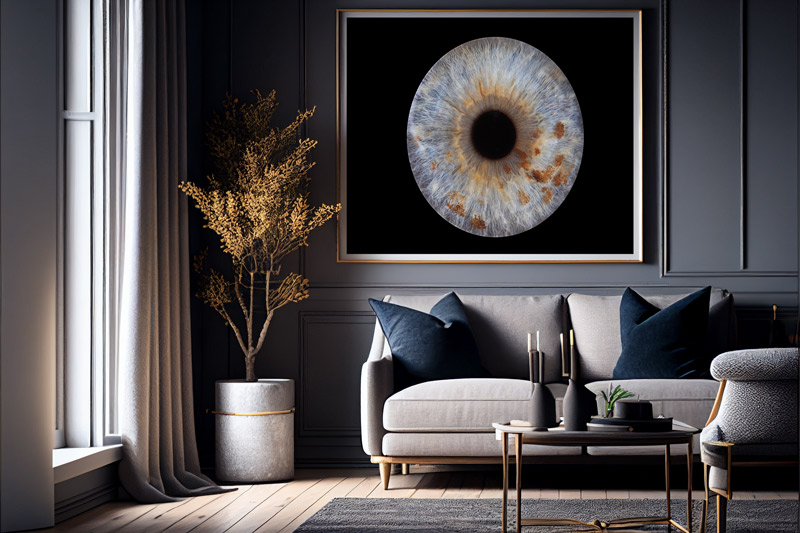The human eye is a canvas of colors and patterns, each one unique and reflective of the individual it belongs to. In this blog post, we celebrate the incredible diversity found in iris colors and patterns and explore the fascinating science behind why our eyes come in such a wide array of hues. From deep browns to striking blues, captivating greens to mysterious hazels, and everything in between, let’s delve into the beauty of diversity in our eyes.
The Spectrum of Colors
To kick off our exploration, we’ll showcase a gallery of stunning iris photographs, featuring eyes of various colours. From the most common to the rarest, we’ll delve into the captivating world of blue, brown, green, hazel, gray, and even violet irises. Each eye tells a story, and through these images, we’ll observe the intricate details that make them stand out.

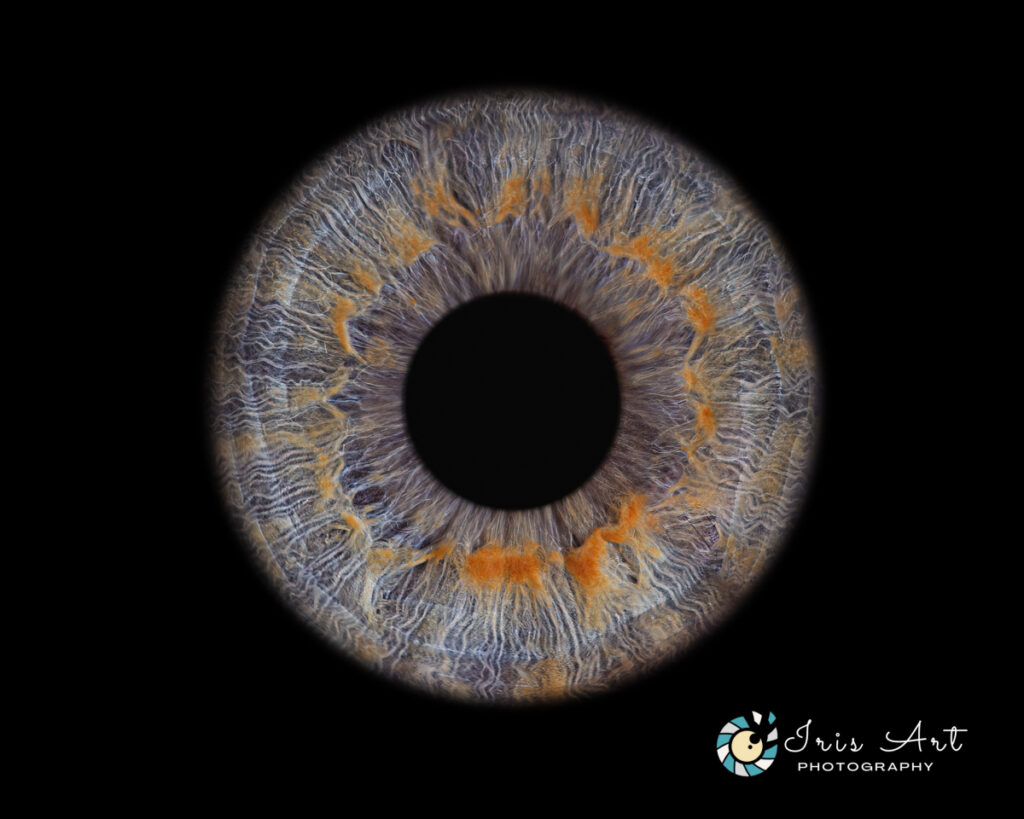
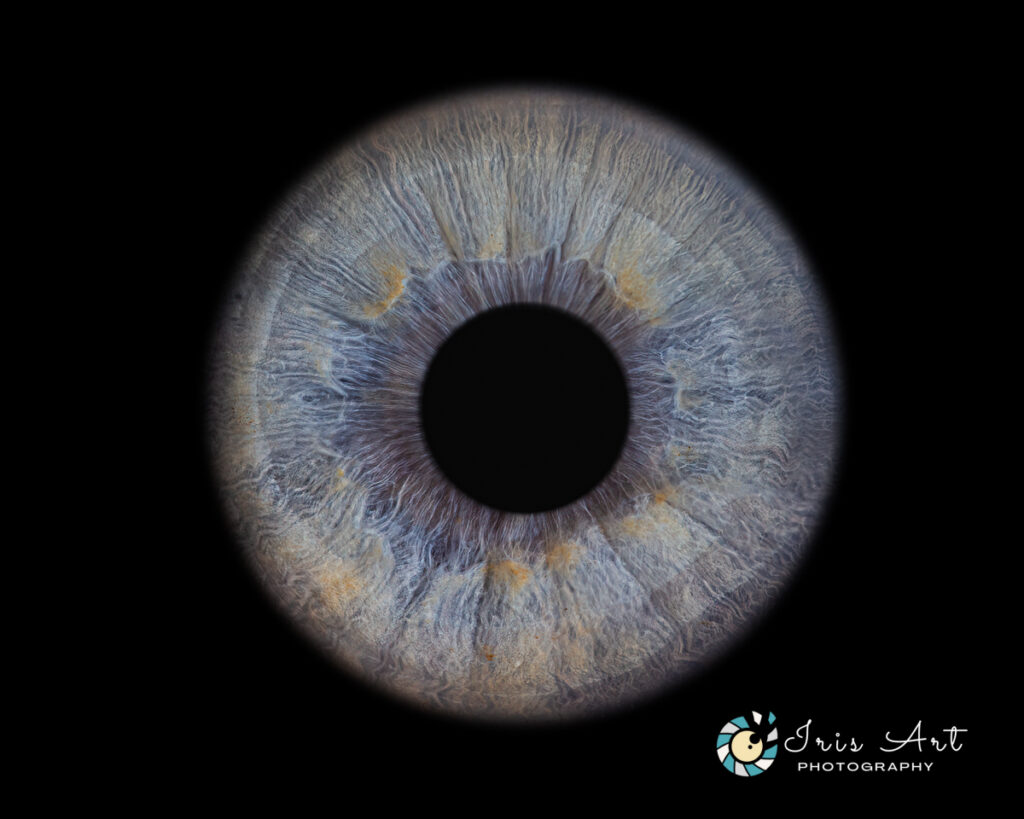


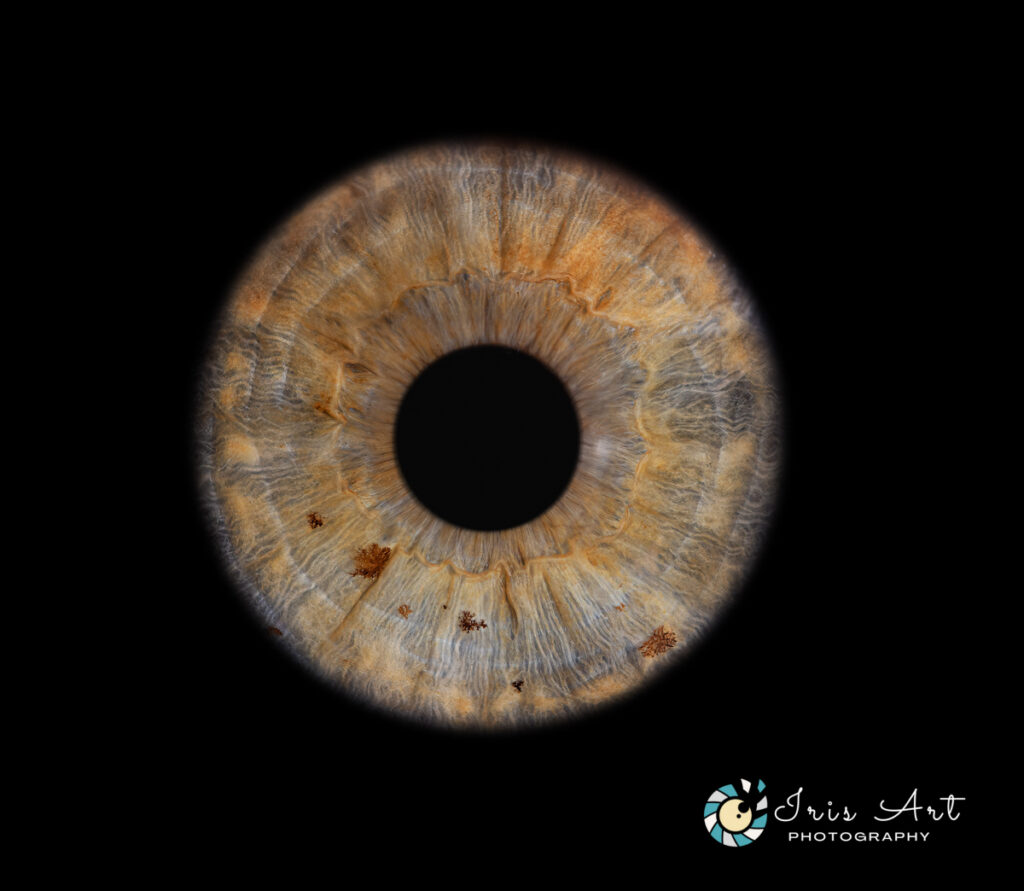
The Science of Eye Color
Behind the kaleidoscope of hues lie scientific explanations rooted in genetics and biology. In this section, we’ll explain how genes play a significant role in determining eye colour. We’ll explore the inheritance patterns of eye color and the interplay between melanin and other pigments that create the diverse colours we see.
Understanding Melanin
Melanin, the primary determinant of eye colour, is responsible for the varying shades of brown. Dive deep into the fascinating world of melanin, how it is produced, and how differences in its distribution contribute to the spectrum of brown eye colors.
Genes play a significant role in determining eye color through the production and distribution of pigments in the iris, the coloured part of the eye. The colour of the iris is primarily determined by the amount and type of melanin present in its cells. There are two main types of melanin involved in eye color: eumelanin, which is brownish-black, and pheomelanin, which is reddish-yellow. The variation in the amount and combination of these pigments gives rise to the wide spectrum of eye colours we observe.
The genetic basis for eye colour is complex and involves multiple genes. The specific combination of genetic variants an individual inherits from their parents determines their eye colour. In general, brown eyes are dominant over other colours, meaning that if an individual has even one copy of the brown-eyed gene variant, they are likely to have brown eyes. However, blue, green, and other lighter eye colors are recessive, meaning that an individual needs two copies of the corresponding gene variant to express those colours.
Eye colour inheritance is more complex than simple Mendelian genetics, as multiple genes are involved, and there can be subtle interactions between them. Additionally, other factors such as genetic mutations, gene expression regulation, and environmental influences can also impact the final appearance of eye colour.
It’s essential to remember that while genetics play a significant role in determining eye colour, the process can be unpredictable, and there is still ongoing research to fully understand all the factors that contribute to the complexity and diversity of eye colors in the human population.
The Impact of Environmental Factors
Environmental factors can influence the appearance of eye colours through various mechanisms that can alter how light interacts with the iris and the perception of eye colour. While genetics primarily determine the underlying pigment composition of the iris, environmental factors can contribute to the visual appearance of eye colours in the following ways:
- Lighting conditions: The lighting environment can have a significant impact on how eye colour is perceived. Different lighting conditions, such as natural sunlight, indoor lighting, or coloured light sources, can make the eyes appear lighter or darker than they would under neutral lighting. This effect is due to the way light interacts with the pigments in the iris, causing the colours to be more pronounced or subdued.
- Clothing and surroundings: The colours of clothing and the environment can create a contrast effect that influences how the eye colour is perceived. For example, wearing clothing or being in surroundings with complementary colours to the eyes can make the eye colour appear more vibrant and pronounced. Conversely, colours that clash with the eye colour can make the eyes appear less intense or bring out different undertones.
- Eye makeup: The use of eye makeup, such as eyeliner, mascara, and eyeshadow, can also impact the appearance of eye colour. Dark eye makeup can create contrast and make lighter eye colours appear more intense, while lighter makeup can emphasize darker eye colours differently.
- Pupil size: The size of the pupils can change in response to different lighting conditions or emotional states. When the pupils dilate (widen), more of the iris is covered, which can give the appearance of darker or lighter eyes depending on the overall amount of pigment present.
- Age and health: As people age, the pigmentation in the iris can change, leading to subtle shifts in eye color. Additionally, certain health conditions or medications can cause changes in eye pigmentation, leading to variations in eye colour appearance.
- Photography and camera settings: The way eye colour is captured in photographs can be influenced by the camera settings, lighting, and post-processing techniques. Some photographs may enhance or alter the colours, making the eyes appear different from how they look in person.
It’s important to note that while environmental factors can influence the visual perception of eye colour, they do not alter the underlying genetic makeup that determines the inherent colour of the iris. The genetic predisposition to a specific eye colour remains constant throughout an individual’s life, but how that colour is perceived by others may vary under different environmental conditions.
